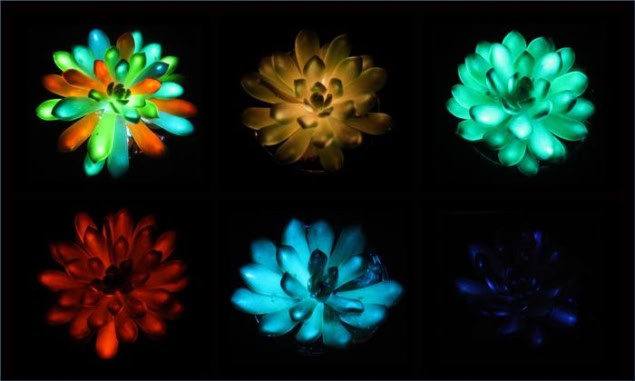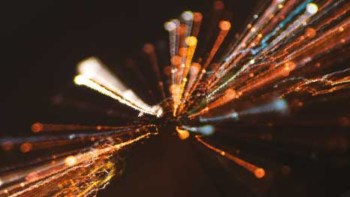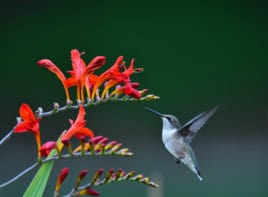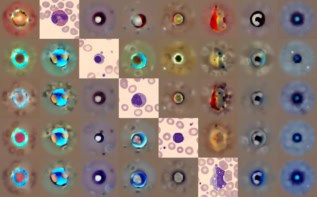
“Picture the world of Avatar, where glowing plants light up an entire ecosystem,” describes Shuting Liu of South China Agricultural University in Guangzhou.
Well, that vision is now a step closer thanks to researchers in China who have created glow-in-the-dark succulents that recharge in sunlight.
Instead of coaxing cells to glow through genetic modification, the team instead used afterglow phosphor particles – materials similar to those found in glow-in-the-dark toys – that can absorb light and release it slowly over time.
The researchers then injected the particles into succulents, finding that they produced a strong glow, thanks to the narrow, uniform and evenly distributed channels within the leaf that helped to disperse the particles.
After a couple of minutes of exposure to sunlight or indoor LED light, the modified plants glowed for up to two hours. By using different types of phosphors, the researchers created plants that shine in various colours, including green, red and blue.
The team even built a glowing plant wall with 56 succulents, which was bright enough to illuminate nearby objects.
“I just find it incredible that an entirely human-made, micro-scale material can come together so seamlessly with the natural structure of a plant,” notes Liu. “The way they integrate is almost magical. It creates a special kind of functionality.”



